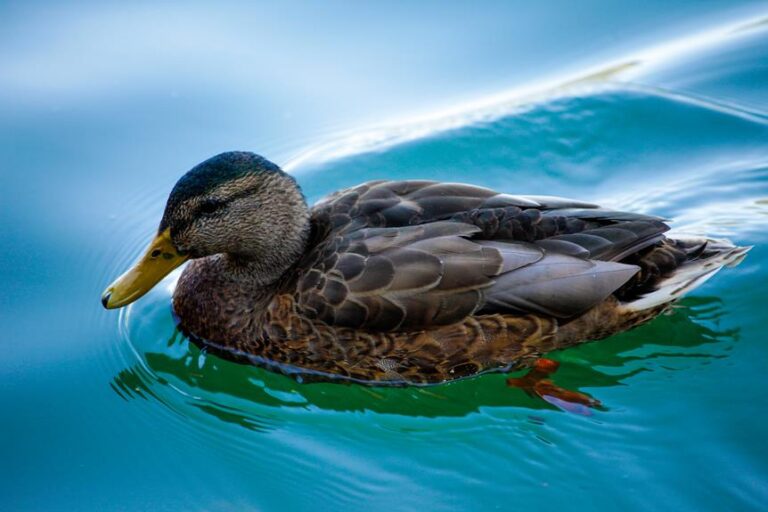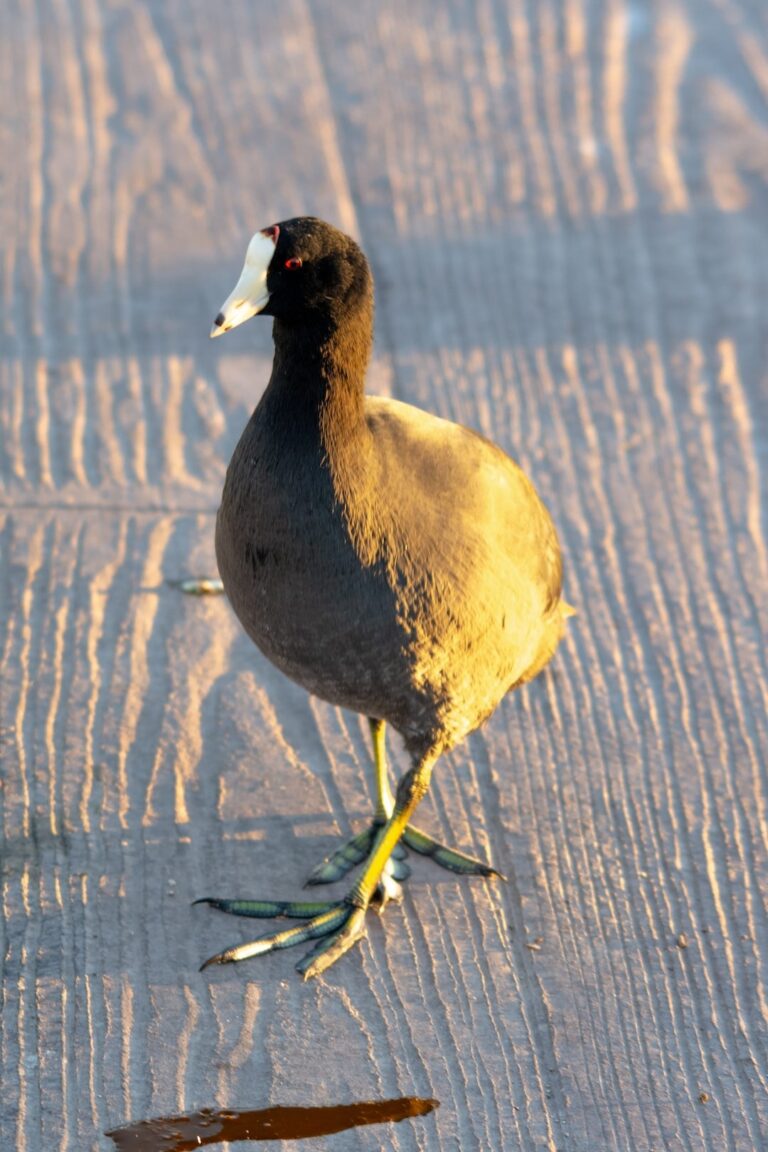Nest destruction in birds is a fascinating and intricate behavior that serves various purposes. While some nests are destroyed by external factors, others are intentionally demolished by the birds themselves as a survival strategy or in response to environmental cues.
This article explores the reasons behind nest destruction, the species known to exhibit this behavior, and the implications it has on the survival of eggs and chicks.
Understanding and conserving natural nesting habitats, as well as educating the public about the importance of nesting behaviors, are crucial for the successful preservation of bird populations.
Contents
Key Takeaways
- Natural causes and errors during the building process can lead to nest destruction.
- Some bird species intentionally destroy nests as a survival strategy or response to environmental cues.
- Different bird species have diverse strategies when it comes to nest destruction.
- Nest-building behavior involves both males and females collaborating to create a secure nesting site.
Reasons for Nest Destruction
Reasons for nest destruction in birds include natural causes, such as adverse weather conditions and predator attacks, as well as inexperience or errors during the building process.
Adverse weather conditions, such as strong winds, heavy rain, or hail, can cause nests to become unstable or even be completely destroyed. Predator attacks, such as those from snakes, mammals, or other birds, can result in the destruction of nests as predators seek access to eggs or chicks.
Inexperience or errors during the building process can also lead to nest destruction, as birds may construct nests that are structurally unsound or poorly protected from the elements. These factors contribute to the vulnerability of nests and highlight the importance of proper nest construction and site selection for bird species.
Intentional Nest Destruction
Intentional nest destruction is an intriguing behavior exhibited by certain bird species, serving as a survival strategy or response to environmental cues.
This behavior is characterized by the deliberate destruction or removal of their own nests. The motives behind intentional nest destruction can vary, ranging from reducing the risk of predation to thwarting competitors.
- Some bird species exhibit intentional nest destruction as a means of reducing the risk of predation.
- Environmental cues such as the presence of predators or competitors can trigger nest destruction.
- Intentional nest destruction can also serve as a tactic to deter parasitic species from invading their nests.
- Certain bird species may destroy their nests to initiate a new breeding cycle, creating a fresh start for their reproductive efforts.
- Intentional nest destruction may also occur when the materials used in nest construction become unsuitable or compromised.
Understanding the intricacies of intentional nest destruction provides valuable insights into the adaptive behaviors of birds and their ability to respond to changing environmental conditions.
Nest Destruction in Different Bird Species
Numerous bird species exhibit various strategies for nest destruction. Different bird species adopt diverse techniques when it comes to destroying their nests. To provide a visual representation of this diversity, the following table showcases examples of bird species and their corresponding nest destruction strategies:
| Bird Species | Nest Destruction Strategy | Reason for Destruction |
|---|---|---|
| Eagles | Pushing eggs out of the nest | Ensuring survival of the strongest offspring |
| Cuckoos | Ejecting host eggs and chicks | Reducing competition for resources |
| Woodpeckers | Drilling holes in the nest | Expanding the nest or creating escape routes |
These examples highlight the range of behaviors observed among bird species when it comes to nest destruction. By understanding the strategies employed by different species, researchers can gain insights into the ecological and evolutionary factors influencing nest destruction.
Nest Building Behavior
Nest building is a vital behavior for birds during the mating and nesting seasons. It is driven by a combination of instinct, environmental cues, and the need to create a secure nesting site.
Here are five key factors that influence nest-building behavior:
- Hormonal changes: As breeding hormones surge, they trigger the instinctive drive to build nests.
- Environmental cues: Birds respond to environmental signals such as increasing daylight, temperature, and food availability, which indicate the optimal time for nesting.
- Previous experience: Birds may rely on their previous nesting experiences to construct better and more efficient nests.
- Habitat availability: The availability of suitable nesting materials and nesting sites influences the nest-building behavior of birds.
- Social interactions: Mating pairs often collaborate in the construction of nests, ensuring the successful creation of a secure nesting site.
Nest Repair and Maintenance
How do birds ensure the upkeep and safety of their nests?
Nest repair and maintenance play a crucial role in ensuring the sturdiness and safety of bird nests throughout the breeding season. Regular upkeep is essential to protect eggs and chicks from environmental factors and predators.
Some bird species repurpose old nests, making necessary repairs and improvements to maintain their structural integrity. This behavior allows them to save time and energy while still providing a safe and suitable nesting site.
Nest maintenance is not limited to females; males also actively participate in the process. Collaboration between males and females ensures the successful creation and maintenance of a secure nesting site.
Conclusion
In conclusion, nest destruction is a complex behavior observed in various bird species, with both natural causes and intentional destruction by birds themselves playing a role. This behavior is often a survival strategy or response to environmental cues.
Nest building and regular maintenance are crucial for the safety and survival of eggs and chicks.
Conservation efforts focused on protecting natural nesting habitats and creating artificial nesting sites are essential for the preservation of bird populations.
Additionally, public education is important for successful conservation endeavors.






